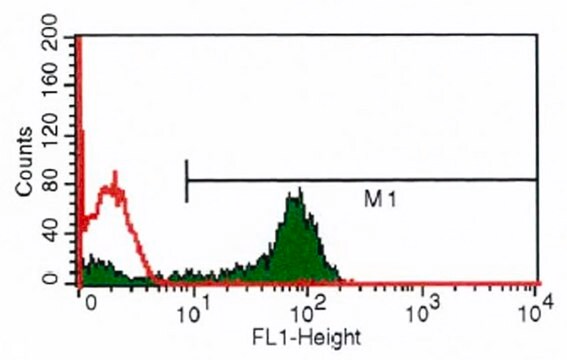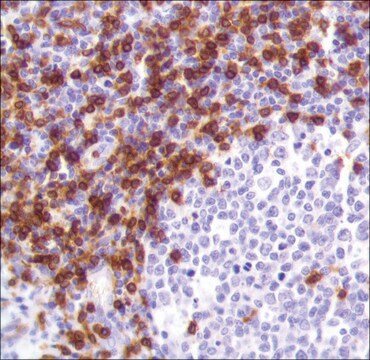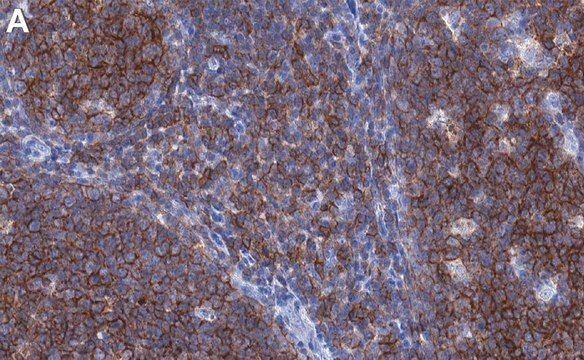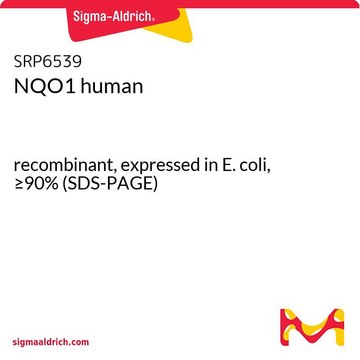C7048
Monoclonal Anti-CD3 antibody produced in mouse
clone UCHT-1, purified immunoglobulin, buffered aqueous solution
Sinónimos:
Monoclonal Anti-CD3
About This Item
Productos recomendados
biological source
mouse
conjugate
unconjugated
antibody form
purified immunoglobulin
antibody product type
primary antibodies
clone
UCHT-1, monoclonal
form
buffered aqueous solution
species reactivity
human
technique(s)
flow cytometry: 5 μL using 1 × 106 cells
isotype
IgG1
UniProt accession no.
shipped in
wet ice
storage temp.
2-8°C
target post-translational modification
unmodified
Gene Information
human ... CD3E(916)
¿Está buscando productos similares? Visita Guía de comparación de productos
Specificity
4th Workshop: paper no. T3.2
Immunogen
Application
Biochem/physiol Actions
Target description
Physical form
Disclaimer
¿No encuentra el producto adecuado?
Pruebe nuestro Herramienta de selección de productos.
Storage Class
10 - Combustible liquids
wgk_germany
nwg
flash_point_f
Not applicable
flash_point_c
Not applicable
Elija entre una de las versiones más recientes:
¿Ya tiene este producto?
Encuentre la documentación para los productos que ha comprado recientemente en la Biblioteca de documentos.
Nuestro equipo de científicos tiene experiencia en todas las áreas de investigación: Ciencias de la vida, Ciencia de los materiales, Síntesis química, Cromatografía, Analítica y muchas otras.
Póngase en contacto con el Servicio técnico








